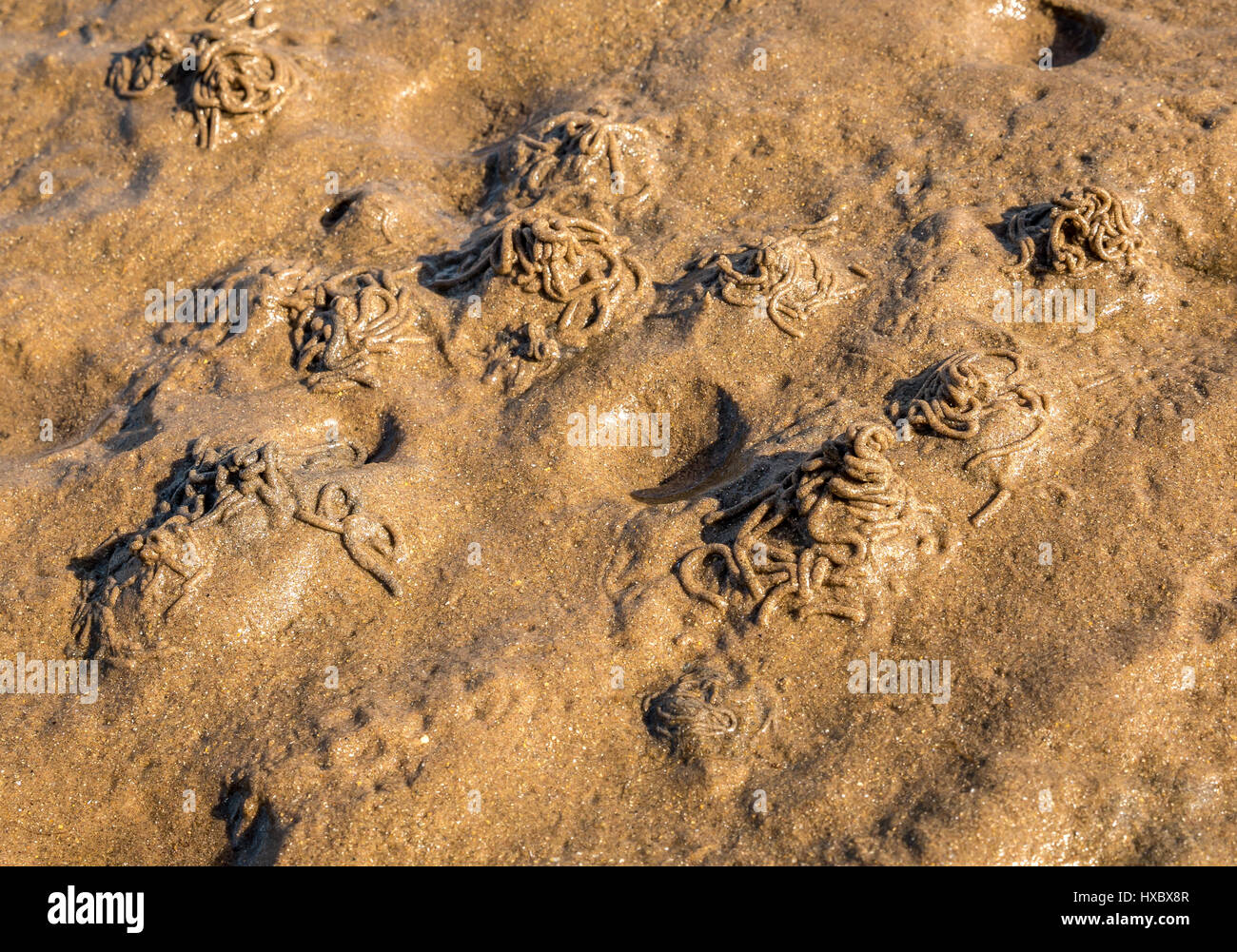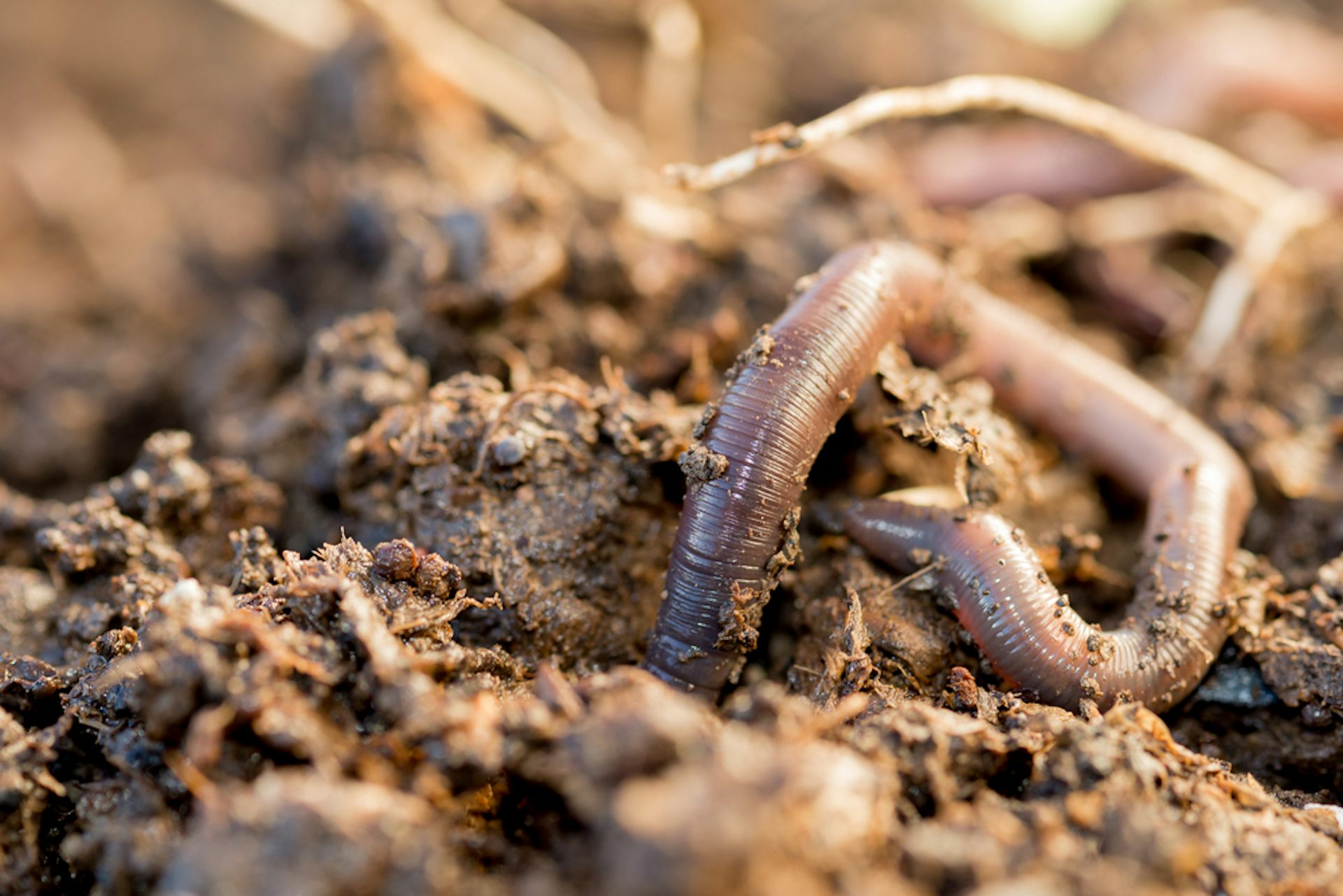

We used spectromicroscopic approach to identify plant tissues and microorganisms involved in plant decomposition within casts. To study the alteration in the chemical composition from initial litter to particulate organic matter (POM) and mineral-associated organic matter (MOM) in cast samples, we used solid-state 13C Nuclear Magnetic Resonance spectroscopy ( 13C-CPMAS-NMR) and isotopic ratio mass spectrometry (EA-IRMS).

Surface casts produced by epi-anecic earthworms ( Lumbricus terrestris) were collected after 8 and 54 weeks of soil incubation in mesocosms, in the presence of 13C-labeled Ryegrass shoot or root litter deposited onto the soil surface. We used stable isotope enrichment to trace the fate of shoot and root litter in intact earthworm cast samples. Due to the complex microscale architecture of casts, understanding the mechanisms of cast formation and development at a process relevant scale, i.e., within microaggregates and at the interface between plant residues, microorganisms and mineral particles, remains challenging. Earthworm casts represent hot spots for carbon turnover and formation of biogeochemical interfaces in soils.


Alix Vidal 1,2 *, Francoise Watteau 3, Laurent Remusat 4, Carsten W.


 0 kommentar(er)
0 kommentar(er)
